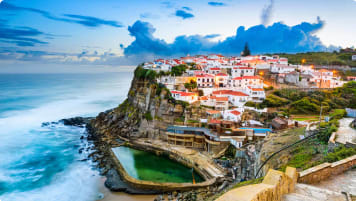Questions About Portugal: A Definitive Guide for Travellers
Enjoy escorted small group tours for mature and senior travellers to Portugal. Designed for couples and solo travellers who like to explore and enjoy learning as they travel to Lisbon, Mafra, Nazare, and Obidos and beyond.
8 Nov 19 · 2 mins read
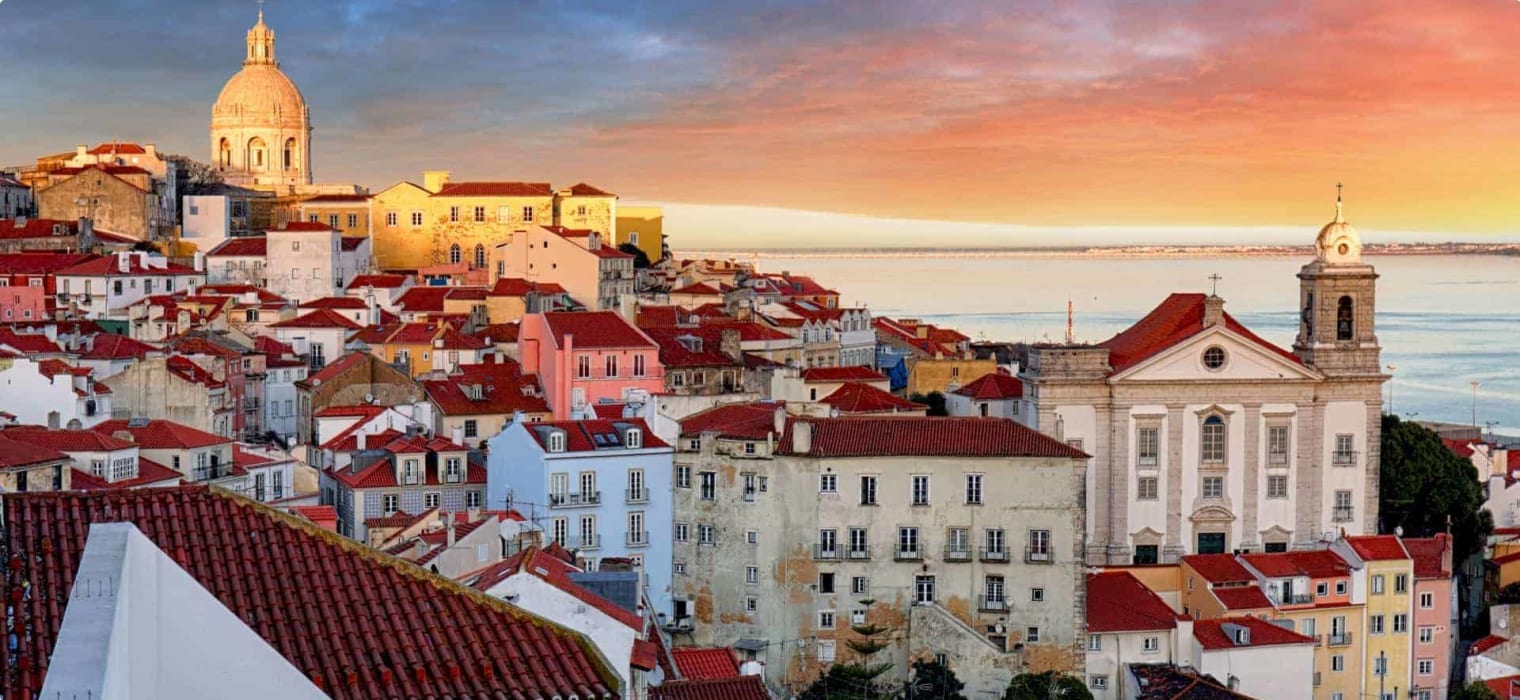
Questions about Portugal for senior travellers.
Odyssey Traveller specialises in crafting unforgettable experiences for senior and mature-aged travellers interested in learning as a couple or solo traveller. Providing adventure and educational programs to escorted small group tours since 1983. Odyssey has built up a reasonable knowledge bank to answer those burning questions about Portugal that travellers might have, as they make their plans to tour independently, or with us as part of a small group tour. We hope that this list of frequently asked questions and the answers we provide will help you with planning your next holiday.
Read on, but please do not hesitate to contact us via the website, or through email or chat if you have more questions about Portugal or our other tours.
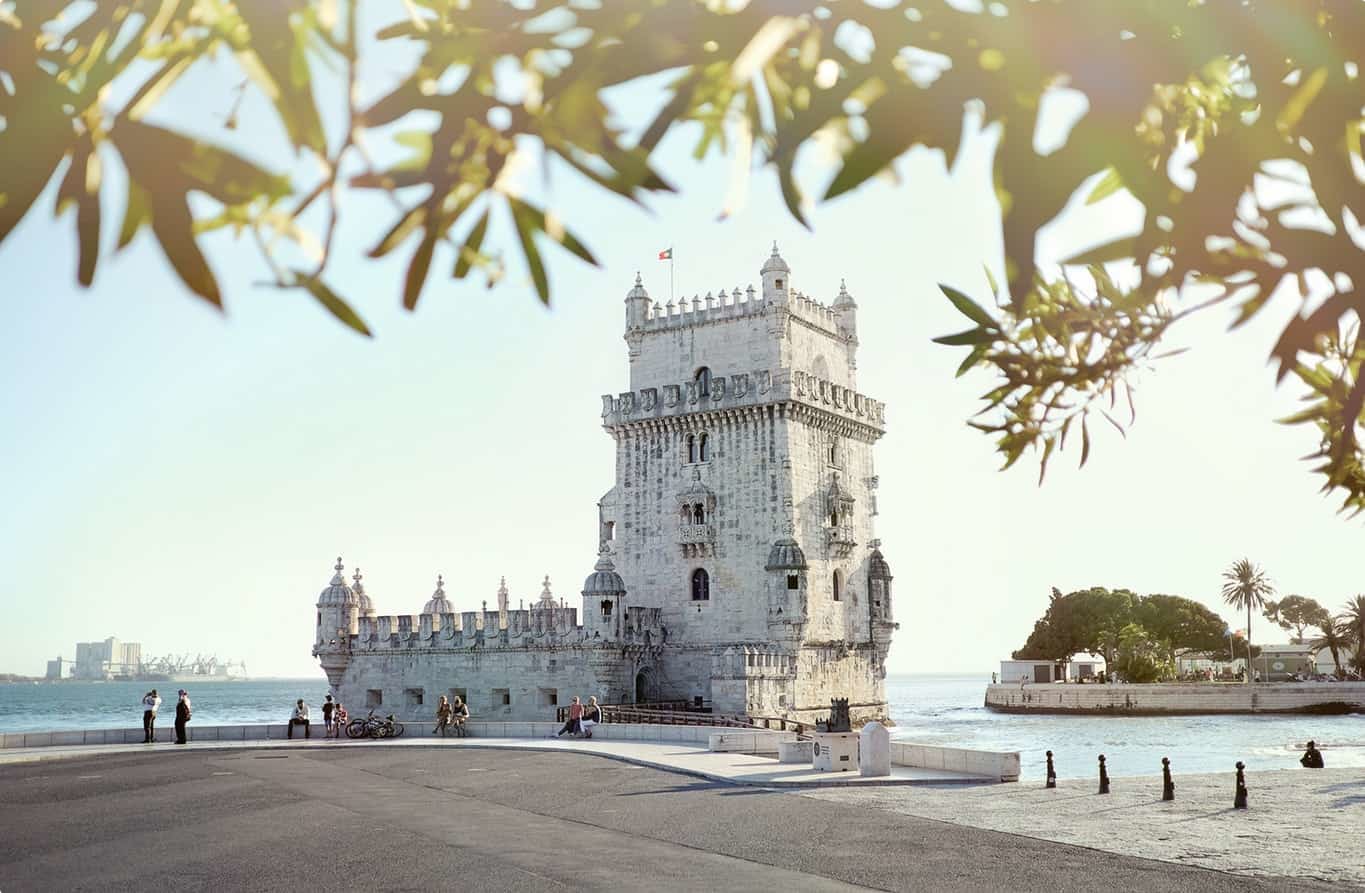
FAQs
Where is Portugal located?
Officially known as the Portuguese Republic, Portugal is the westernmost country of mainland Europe, located mostly on the Iberian Peninsula. It is bordered by the Atlantic Ocean to the west and south and shares a border with Spain to the east. Its territory also includes the archipelagos of the Azores and Madeira but both are considered autonomous regions with their own regional governments.
Portugal covers an area of 92,090 sq km.
How did Portugal become a country?
Portugal is one of the oldest nation states in the world and its territory has been continuously inhabited by humans since prehistoric times. After many invasions, wars and settlements, Portugal was established as a country during the Reconquista, which were a series of campaigns by Christian states to recapture territory from the Moors. The County of Portugal was founded in 868, named after the region’s major port city Portus Cale or modern Porto. At this time, the Counts of Portugal were vassals of the King of Leon.
In 1139, following the Battle of Ourique, the Kingdom of Portugal was proclaimed and independence from Leon was granted under the Treaty of Zamora in 1143. Afonso 1, known also as the Conqueror, was the first King of Portugal. Many historians trace Portugal’s national origin to 24 June 1128, which is the date of the Battle of Sao Mamede when Afonso declared himself Prince of Portugal. However, the Kingdom was not recognised by the Pope until 1179.
By the 15th and 16th centuries, Portugal was considered a leading European power along with England, France and Spain. Portugal spearheaded maritime exploration, establishing the the first global empire, monopolising the spice trade and colonising areas of North and South America, Africa and various regions of Asia, ruling over millions of inhabitants in this area. The Portuguese Empire is considered to be one of the largest and longest-lived empires in history, having existed for almost six centuries, since the capture of Ceuta in 1415 to to the handover of Portuguese Macau to China in 1999. You can learn more about the history of the Portuguese in Africa reading this article here.
However, after the 16th century, Portugal’s wealth, and power began to decrease and it seemed the glory days of the Empire may have been over. While Portugal was officially an autonomous state, in voluntarily entered a dynastic union with the Spanish Crown between 1580 and 1640. This meant the enemies of Spain became the enemies of Portugal and as as result Portugal relations with England deteriorated, leading to the loss of Hormuz, strategic trading post located between Iran and Oman.
When Portugal regained its independence (recognised by Spain in 1668), it was in decline but its fortunes were restored when gold was discovered in Brazil. However, by the early 19th century, the loss of Brazil and the Napoleonic invasion left Portugal impoverished and the people divided between Absolutists and Constitutionalists. The 1910 Portuguese Republican Revolution overthrew the monarchy and installed a republican government in Portugal.
The economy under the republic was weak and a military coup led to a long period of dictatorship under Antonio Salazar, from 1928 to 1968. Under Salazar, all opposition was banned. However, in 1974 a bloodless left-wing military coup, called the Carnation Revolution, ended the dictatorship, restored democracy and led the way for the independence of the overseas territories in Africa and Asia.
Portugal entered the European Union in 1986 and is now considered a modern Western European state.
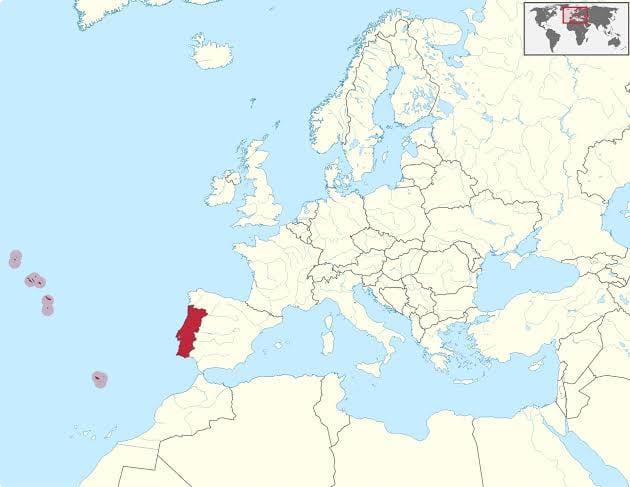


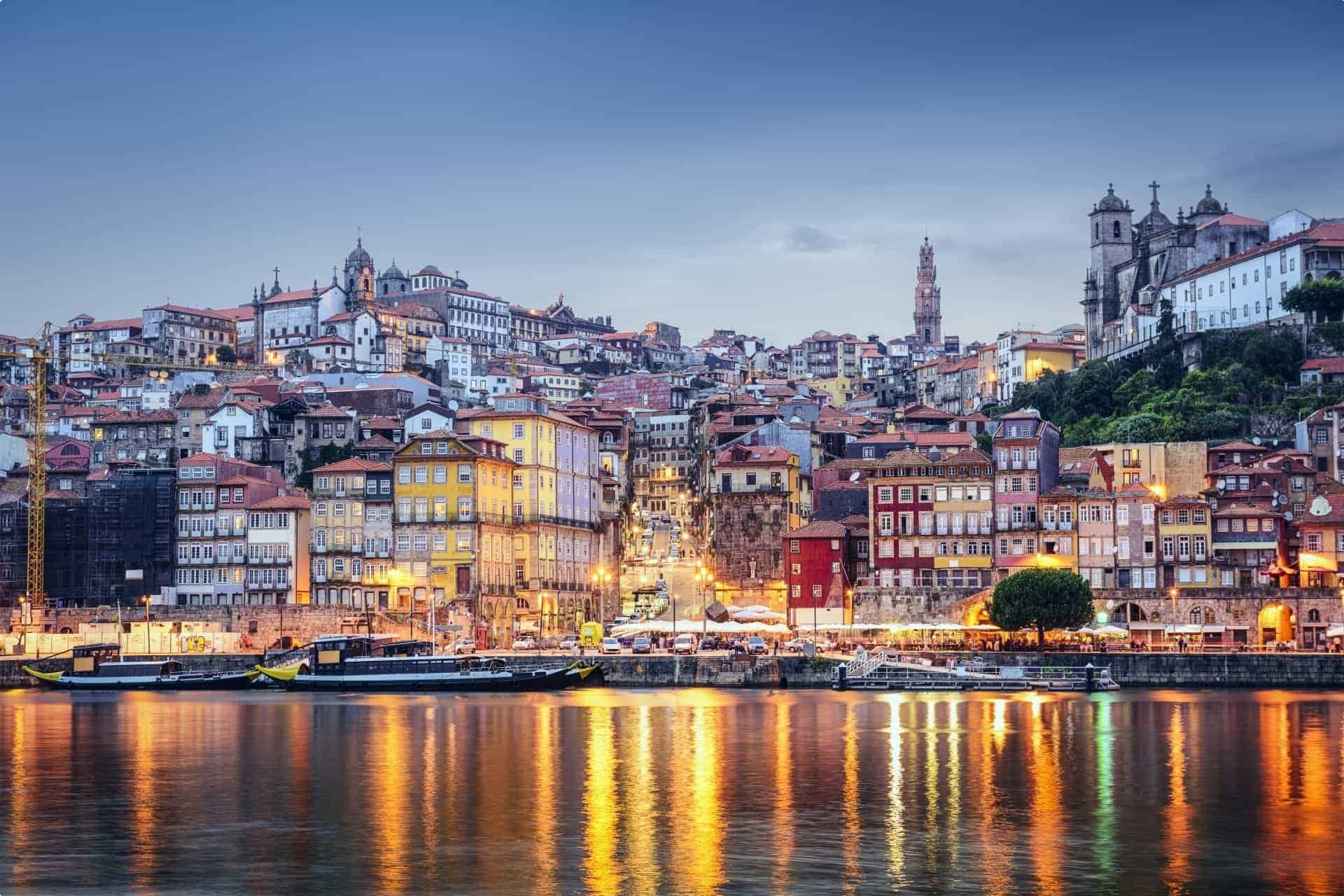
Why is Portugal called Portugal?
As mentioned, Portugal was named after what is now the city of Porto. The city was known as Portus Cale, which means ‘warm port’ in Latin. Others believe Cale came from the Greek word for beautiful to describe the magnificent Douro River that ran through the city. Portus Cale eventually became Portugale in the 9th century.
What is Portugal's language?
Portuguese is the official language of Portugal and is spoken by 96% of the population. It is an Indo-European Romance language and within Portugal there are ten unique dialects.
Portuguese is also the sole official language of Brazil, Cape Verde, Guinea-Bissau, Mozambique, Angola and São Tomé and Príncipe and Portuguese speakers can also be found in parts of India, East Timor, Equatorial Guinea and Macau.
With approximately 250 million total speakers, Portuguese is considered to be the sixth most natively spoken language in the world and the third-most spoken European language.
What is Portugal known for?
A lot may come to mind when you think of Portugal, from sandy beaches to medieval castles, but here are a few of the things Portugal is famous for.
- Port Wine – As well as being one of the oldest countries in the world, Portugal is also home to some of the oldest vineyards on earth and has some fantastic wines on offer. Port, the popular dessert wine, is the country’s national drink and has been produced here, typically using grapes grown in the Douro Valley near Porto, for almost 300 years. Like champagne in France, only port wine produced in Porto can be called port.
- Football – The Portuguese love their football and take it very seriously. Portugal is considered to be one off the world’s top football teams and won the UEFA European Championship in 2016. Famous Portuguese footballers include the legendary Cristiano Ronaldo, Luis Figo and Rui Costa. The top three football teams in Portugal are known as ‘The Big Three’ and include Sporting Lisbon, FC Porto and Benfica.
- Beaches – with 830 km of coast it is no surprise that Portugal is home to some of the world’s best beaches. From sheltered bays, surfing spots and lively, people-packed coves, there is a beach to suit all your holiday needs in Portugal.
- Music – Portugal is known for a particular style of music called fado, a form of singing that originated in the 1820s in Lisbon. It is an expressive, melancholic style of music and is often played in pubs and restaurants. In 2011, it was added to UNESCO’s list of the World’s Intangible Cultural Heritage .
- The Vasco da Gama– named after the famous Portuguese explore, the Vasco da Gama is a record-breaking bridge in Lisbon that is over 12.3km long, making it the longest bridge in Europe.
- Cork – Portugal is the top cork producer in the world, being home to around half of the world’s cork-producing oak trees.
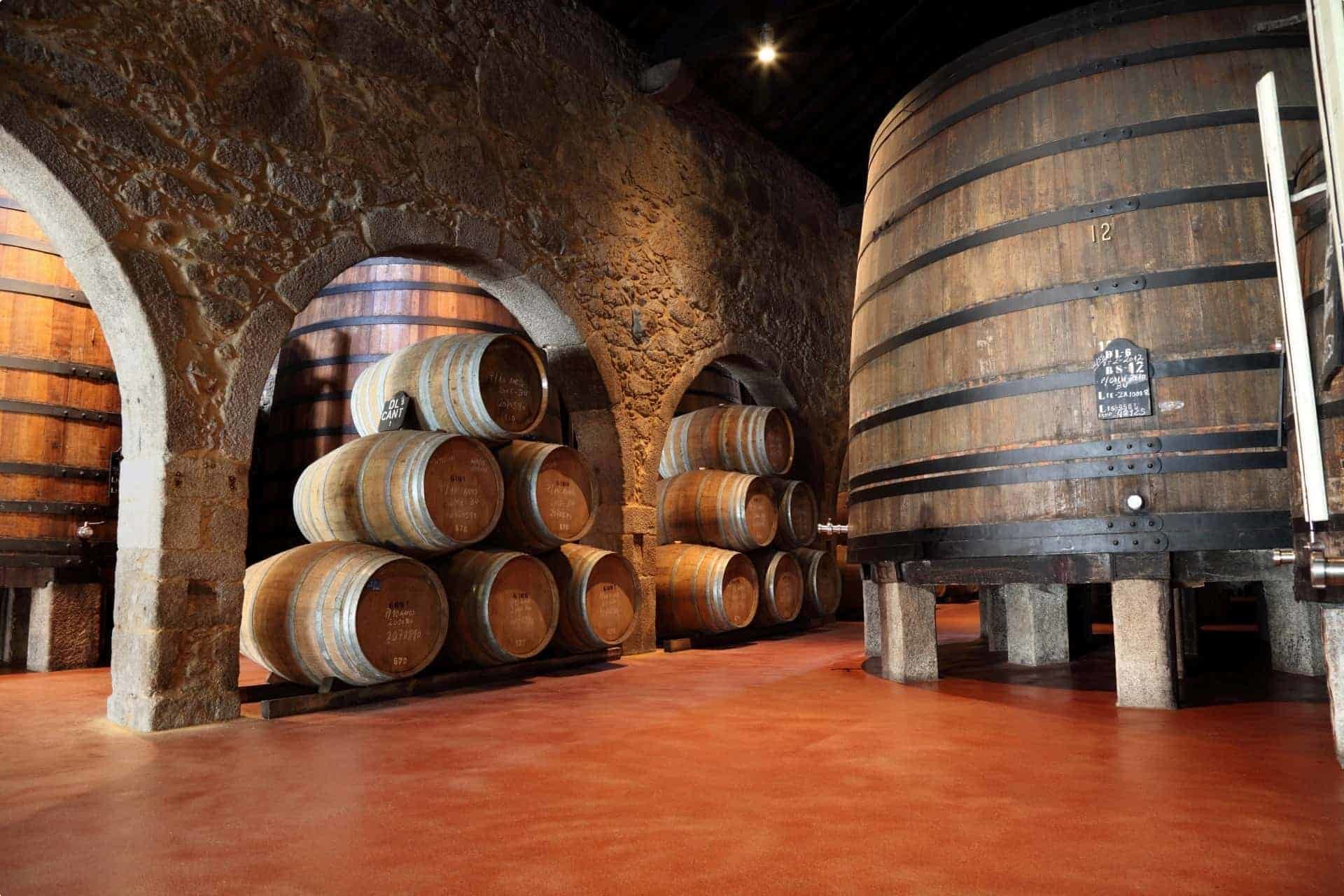
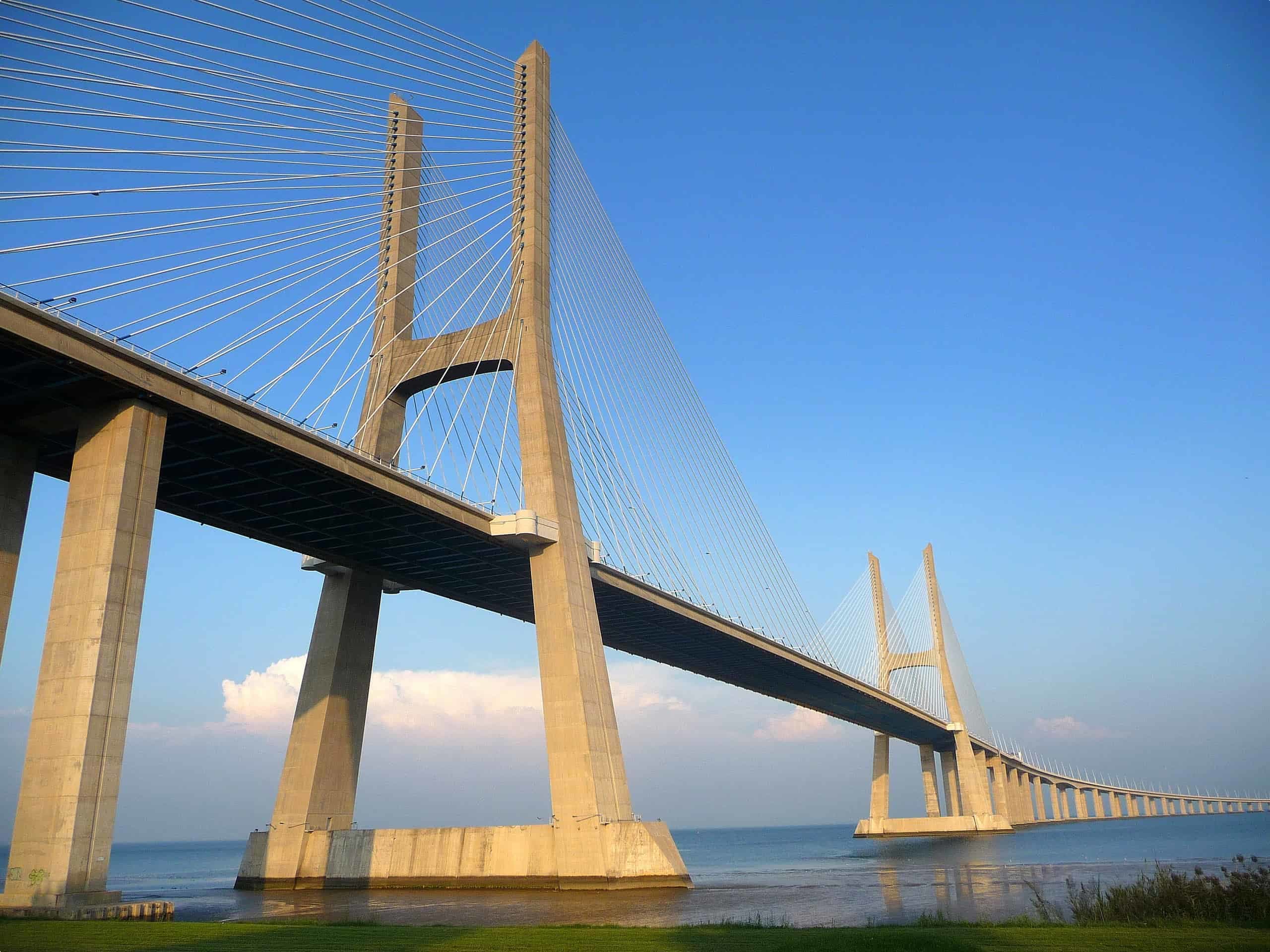
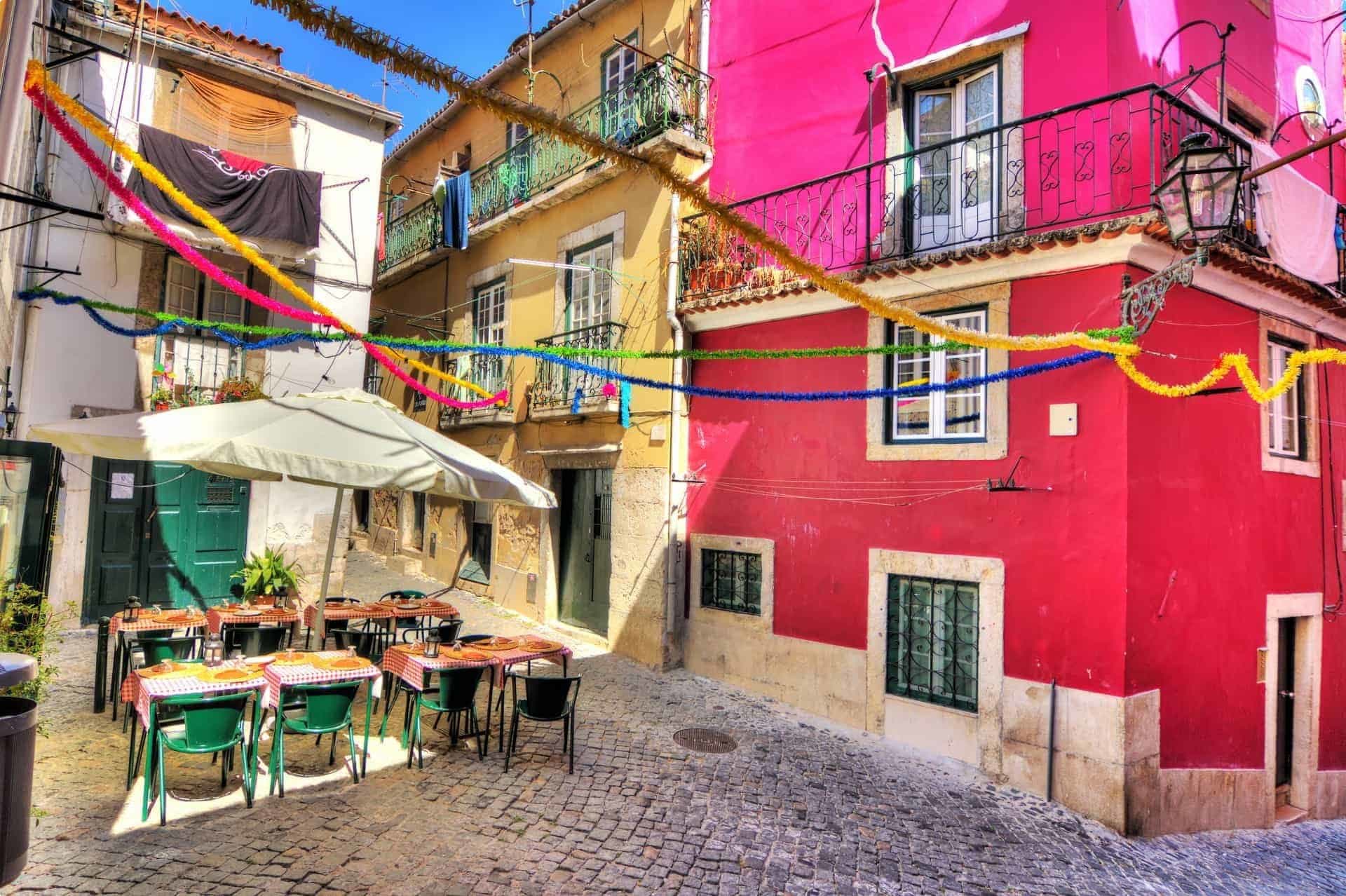
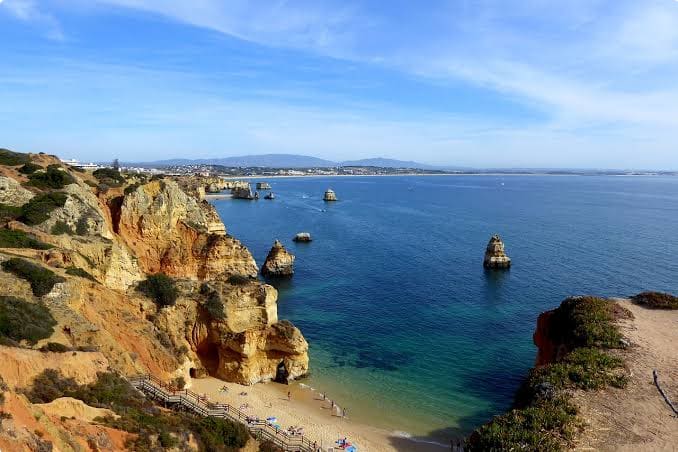
What is the food like in Portugal?
Portugal is known for its delicious cuisine and is a great destination for any food love. Famous for its array of seafood and hearty cooking, as well as its olives, cherries and cheese, Portugal is a place where you are unlikely to go hungry. Here are some typical Portuguese dishes to give you sense of the country’s cuisine.
- Pastel de nata – these egg custard tarts are the quintessential Portuguese sweet treat. The tarts are crispy and flaky on the outside and sweet and creamy on the inside, and adored by Portuguese and foreigners alike. Pastel de nata, sometimes called pasteis de nata, have been made in Portugal for over 300 years. They were created by monks at the Jeronimos Monastery, who were looking for a way to use up leftover egg yolk after using the egg white to starch their clothing. The best place to try pastel de nata is at Pasteis de Belem in Lisbon, a patisserie that bought the recipe from the monks when they opened in 1837.
- Caldo Verde – caldo verde is the ultimate Portuguese comfort food. A kale soup, the recipe is simple with just five ingredients: potato, onion, olive oil, kale and chorizo. Despite its simplicity, this soup is hearty and bursting with flavour, in part due to the high quality of Portuguese olive oil.
- Cataplana de marisco – originating in Algarve, cataplana is a seafood stew named after the copper pan it is cooked in, which opens and closes like a clam. Inside the cataplana you can expect to find onions, garlic, tomatoes, clams, whole prawns and fresh fish.
- Bacalhau – balcalhau is dried and salted cod and you are likely to find it in just about every Portuguese restaurant. It is a staple of the Portuguese diet and eaten in a whole variety of ways. You might find it baked with cream and potatoes (bacalhau com natas) or boiled and served with vegetables and sliced hard-boiled eggs (bacalhau com todos).
What is the weather like in Portugal?
Given its expansive coastline, the climate of Portugal is temperate influenced by the Atlantic Ocean. In the north the climate is cooler, with higher levels of rainfall, while the south is warmer and sunnier. Generally you can expect long, hot summers and wetter winters. The closeness to the ocean means that Portugal receives refreshing coastal breezes throughout the warmer months.
Where are the best places to visit in Portugal?
With an abundance of history, great food, natural wonders and incredible architecture, there is so much to explore in Portugal. Here are some most enchanting places to see:
- Lisbon – the country’s capital is dynamic city full of cobbled laneways, tree-lined squares and riverfront esplanades. Enjoy panaromic views of the city from some phenomenal lookout points and be sure to visit the breathtaking Torre de Belém, built in the 16th century to guard the entrance to Lisbon’s harbour, the neo-gothic and quirky Elevador de Santa Justa, Lisbon’s only vertical street lift built in 1902, and the Se, Lisbon’s fortified Romanesque cathedral in the historical Alfama district. A trip to Lisbon is sure to be a travel experience like no other given its rich history and culture. Discover more about the city, nicknamed ‘the Queen of the Sea’, here and here.
- Sintra – Sintra was once where the kings and queens of Portugal came to relax and they built the amazing Palacio Nacional de Sintra here among the verdant forests and fresh water springs. The town is a UNESCO World Heritage Site and also home to a Moorish castle and Pena Palace. Sintra is like something out of a fairy tale and so it should come as no surprise that Hans Christian Andersen, the world famous author of children’s fairy tales, once lived in a house in Sintra’s wood.
- Cascais – A bustling, cosmopolitan fishing village, Cascais became a fashionable holiday destination in the 1870s when Luis I’s summer palace was built here. Today, you can enjoy Cascais’ three sandy bays, spellbinding sunsets and the restored Palácio da Cidadela de Cascais.
- Evora – Evora is one of Portugal’s most beautifully preserved medieval town in the Alentejo region. Featuring Roman, medieval and 17th-century walls, there is a wealth of history to take in, including over 20 churches and monasteries, the Templo Romano and Evora’s aqueduct. The town is set on a hill above the Alentejo plain and surrounded by rustic wineries.
- Lagos – Set on one of the Algarve’s largest bays, Lagos was the region’s former capital in the 16th-18th century. Today the port town appeals to people of all ages with fabulous beaches, an attractive old town, excellent restaurants and plenty of water activities on offer.
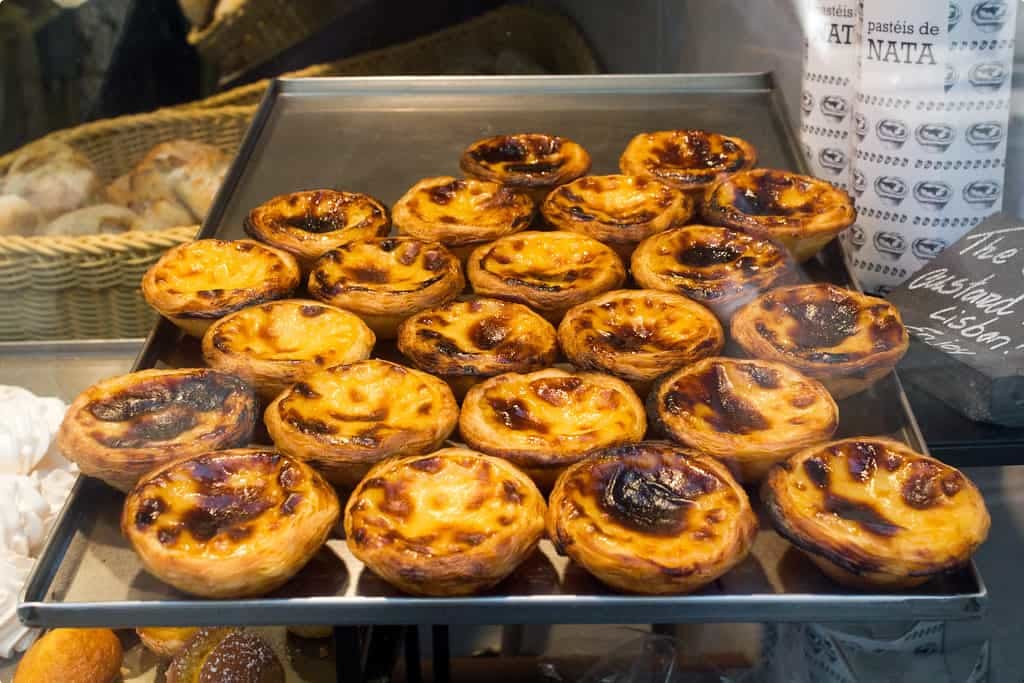
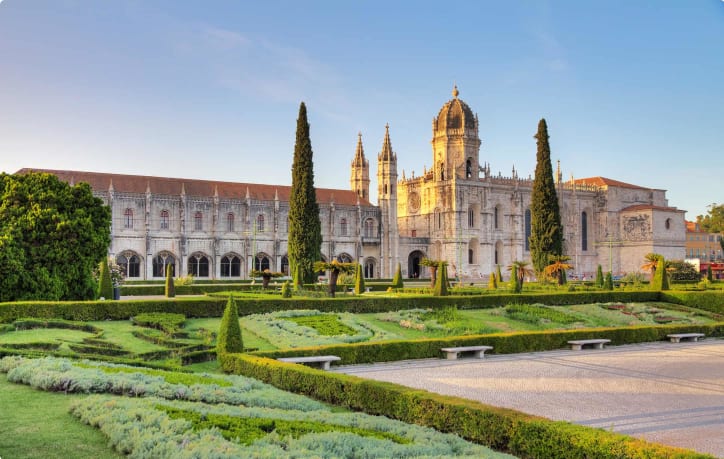
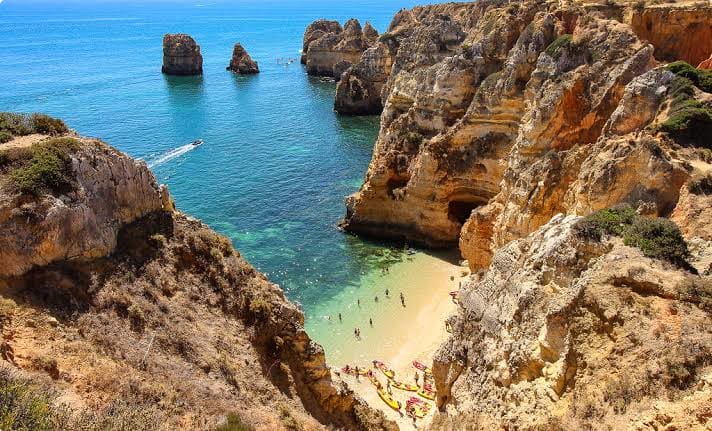
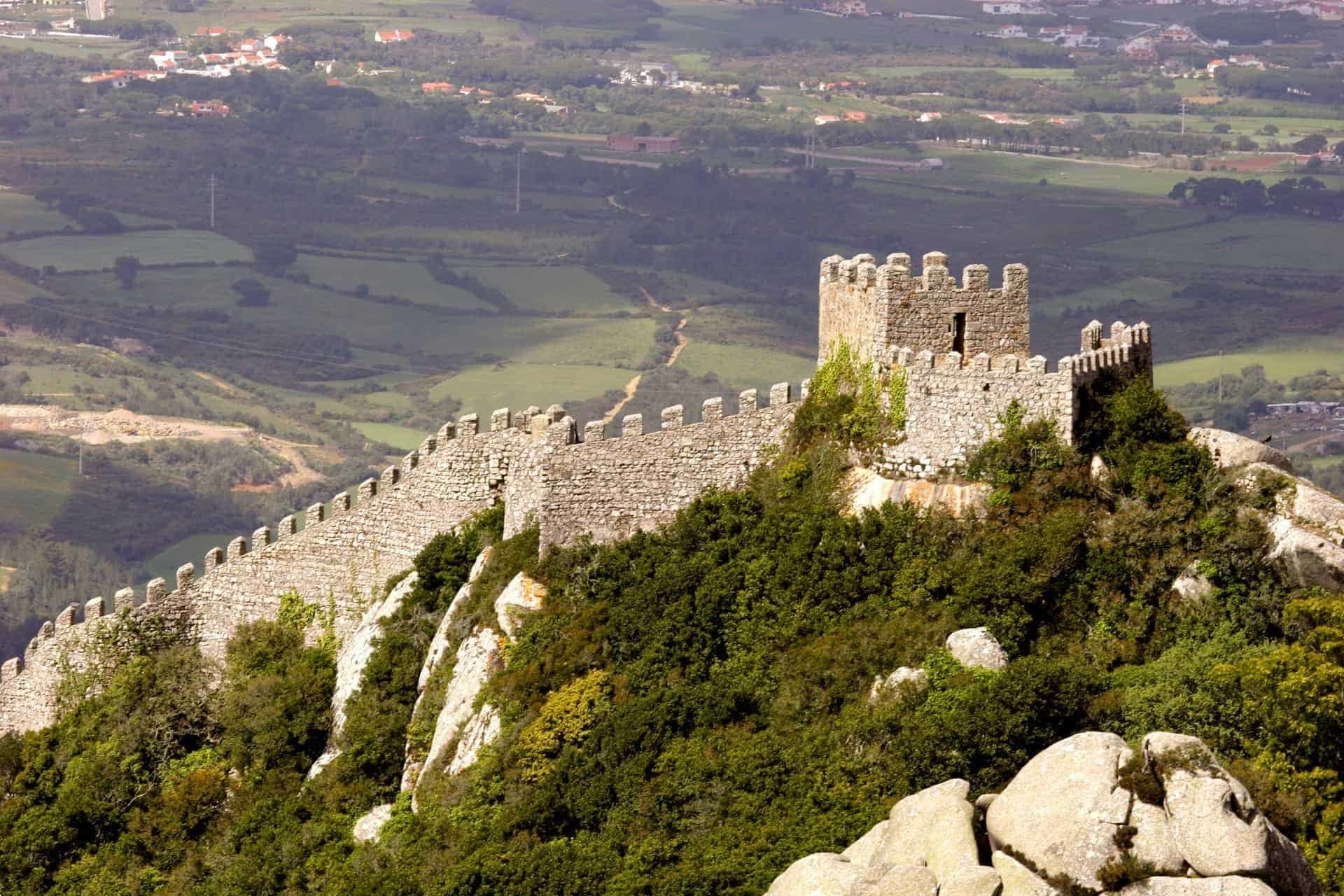
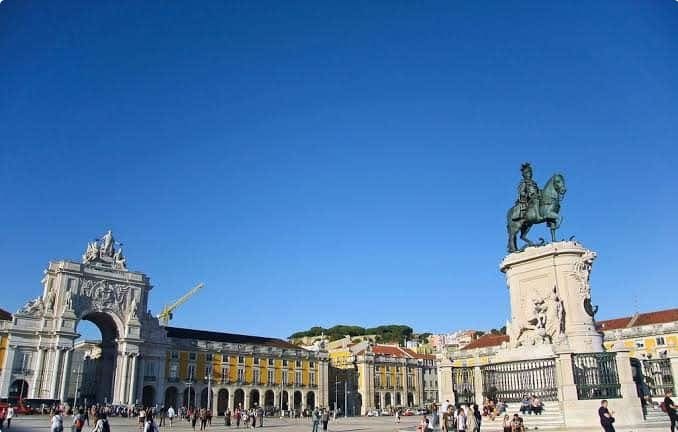
What is Portugal's currency?
Portugal uses the Euro (EUR) as of January 1999. Prior to this, the currency was the Portuguese escudo but it was removed from circulation as of 2012. The word ‘escudo’ means ‘shield’ in Portuguese. Some average costs you might encounter in Portugal are:
- 1 litre milk: 0.60 EUR
- 1 cappuccino: 1.30 EUR
- Eating in restaurant for two: 20 EUR
- Cinema ticket: 7 EUR
Do you need a visa to visit Portugal?
It depends. Portugal is party to the Schengen Agreement, along with 26 European states which have abolished all passport and border control measures at their mutual borders. Visitors from 62 countries – including Australia, New Zealand, the United States and Canada – can visit the Schengen Zone for up to 90 days without a visa, although you are required to have a valid passport.
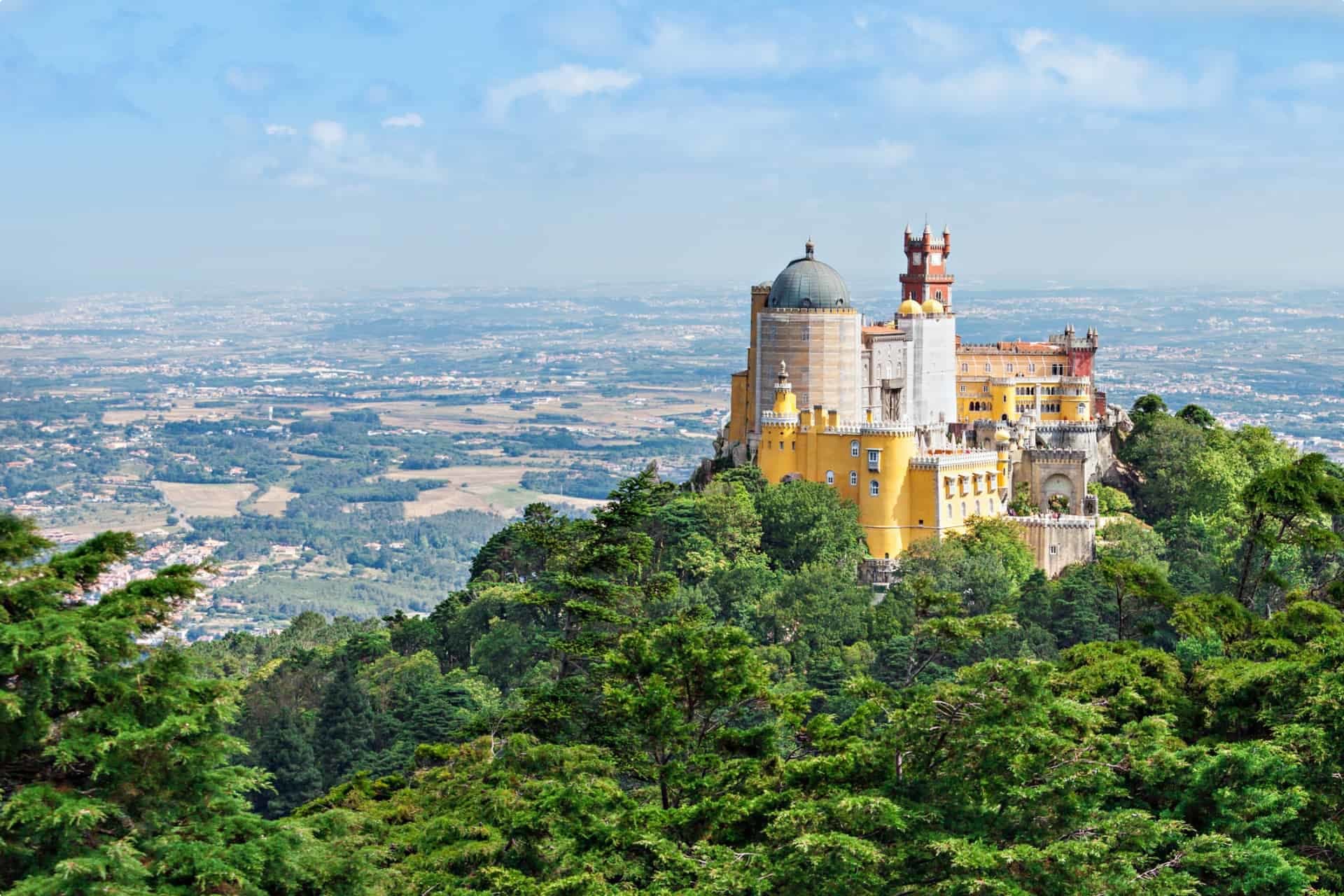
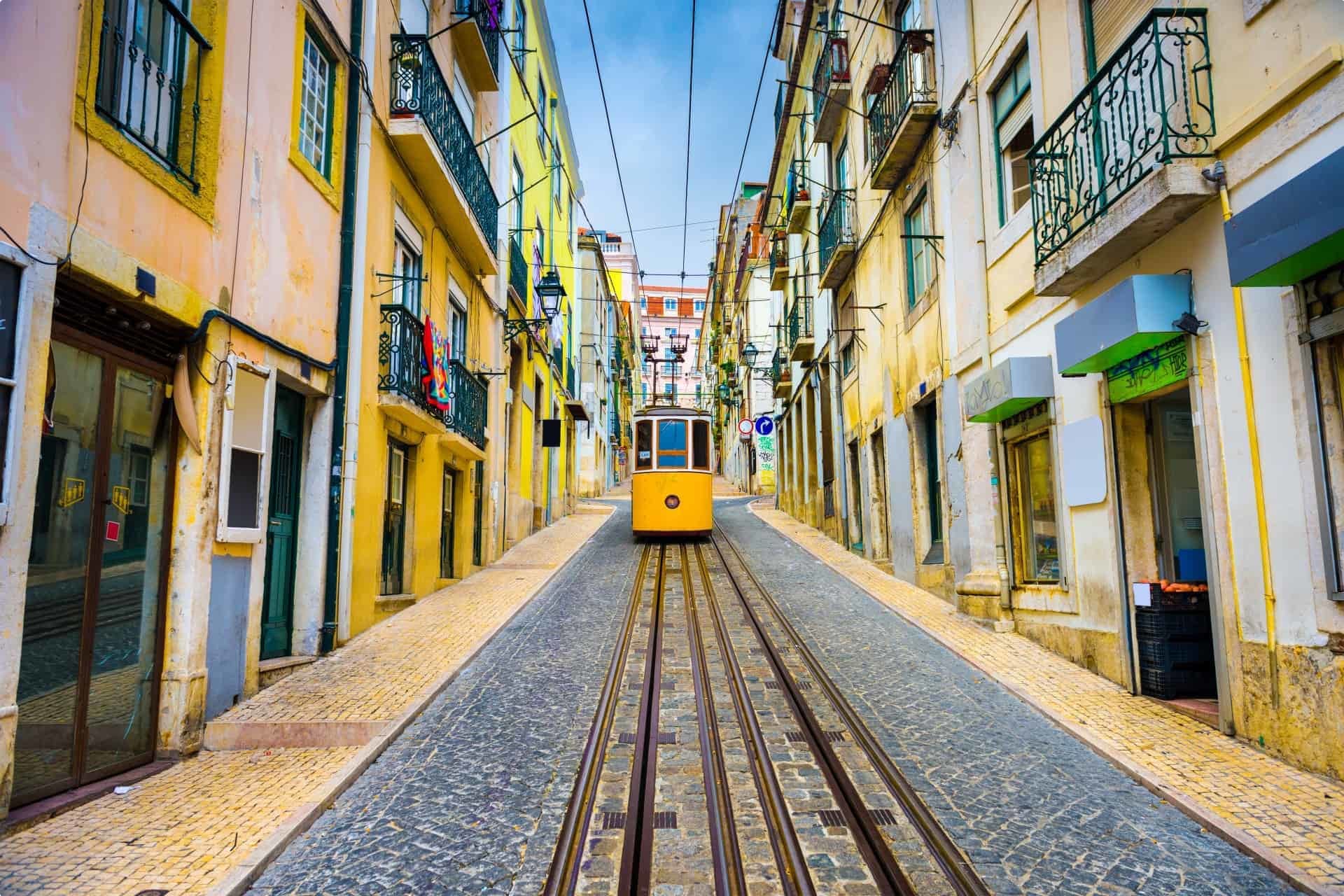
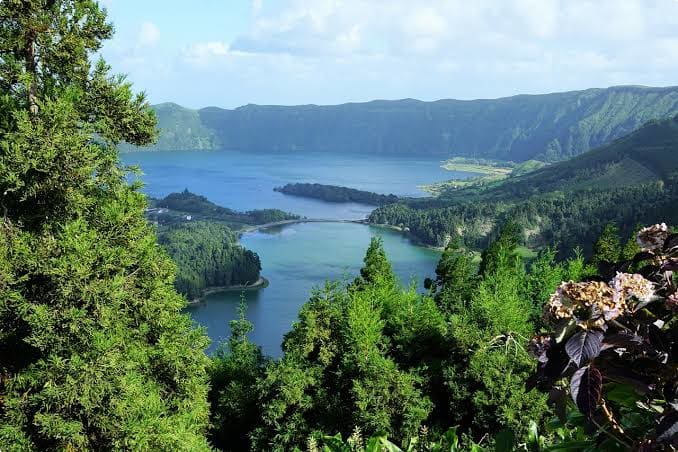
Related Tours

18 days
Aug, AprDiscover Portugal
Visiting Portugal
Join Odyssey Traveller small group journeys with like minded people on this immersive 18-day escorted tour of Portugal. This travel experience takes us from the capital of Lisbon, through Portugal's many historic cities and key UNESCO World heritage sites.
From A$11,275 AUD
View Tour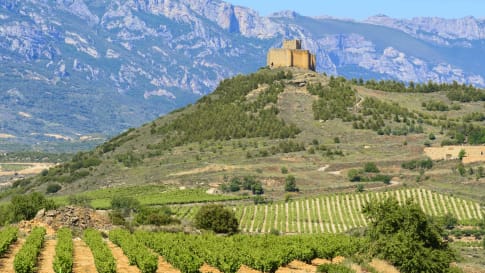
24 days
Apr, Oct, MarSmall Group Guided Tours of Spain and Portugal
Visiting Portugal, Spain
Our program explores the lands of Spain and Portugal, two countries bound by many centuries of history reflected in their modern cultures. Divided by history and language, contiguous neighbours Spain and Portugal were once host to gigantic empires that still bear their languages and lifestyles. A small group tour for couple and solo travellers.
From A$16,225 AUD
View Tour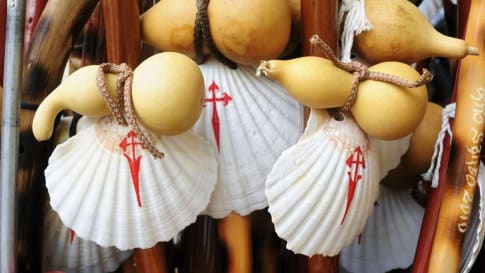
19 days
Sep, Jun, AugSaint James Way Small Group Walking Tour (The Camino)- Spain
Visiting Portugal, Spain
Experience pleasant sections of the Way of Saint James, crossing some of Spain’s most beautiful landscapes. We follow the pilgrims on easy distances of The Way to the mythical destination, Santiago de Compostella. Not since the middle ages has this adventure for body and mind been more popular. We also get to discover the artistic highlights and rich history of Northern Spain and Portugal, as well as enjoying local wines and exquisite food.
From A$14,135 AUD
View TourArticles
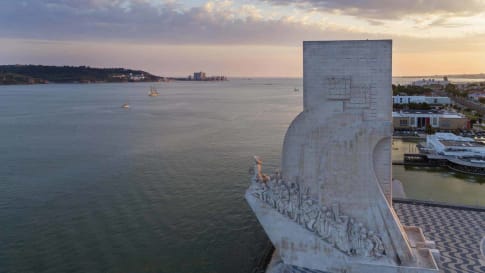
'Queen of the Sea': Lisbon: The Definitive Guide for Travellers
‘Queen of the Sea’: A History of Lisbon In 1554, the writer Damião de Góis claimed that out of all the European cities, only Lisbon and her rival Seville ‘could rightfully be called Ladies and…
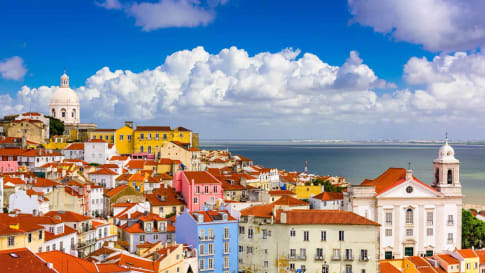
Alfama, Portugal
Alfama is Lisbon’s oldest extant neighbourhood, built in the 8th century during the Muslim conquest of Portugal and neighbouring Spain.
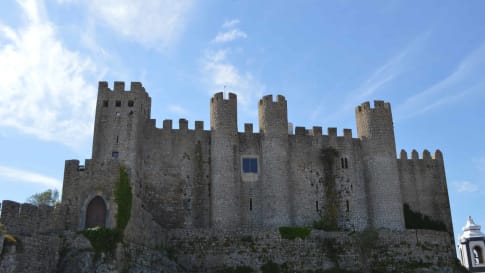
Óbidos, Portugal
A tiny, charming town with over 3000 inhabitants, Obidos is an hour from Lisbon and feels like stepping back in time. The medieval village's historic centre features picturesque cobbled streets and traditional white houses, surrounded by a crenellated castle wall which is accessible by foot. The entire scene is like something out of a story book, enhanced by the surrounding hilly landscape.
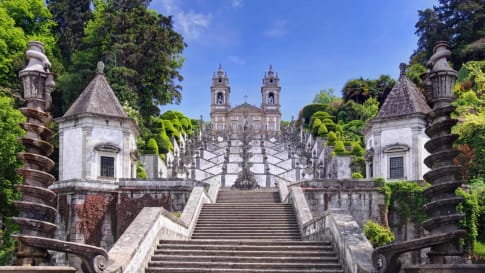
Braga, Portugal
Braga is Portugal's third-largest city and its most important religious centre. With almost four dozen places of worship, Braga is something of an ecclesiastical destination, particularly around Easter. However, a large student population also means that, despite the numerous churches, Braga is not just a historical or religious tourist site but a dynamic and eclectic city with a lot on offer. Braga offers a slice of authentic Portugal, nestled amongst hills beside the spectacular Peneda-Geres National Park and just an hour from Porto. With a moderate climate all year round and unhurried pace of life, Braga offers the perfect environment to explore the city's cultural offerings and culinary scene.

Evora, Portugal
Discover the beautifully-preserved medieval town of Evora with fantastic Roman ruins to explore, Moorish architecture and Gothic churches

Lisbon Travel Notes for mature & senior Travellers
Lisbon Travel Notes for mature & senior Travellers Travellers, meet Lisbon. Lisbon, Travellers. Hello there. Olá! I am Lisbon, an elegant Portuguese city perched upon the banks of the sparkling River Tagus. Locals call me ‘Lisboa’.…

